Adhesions
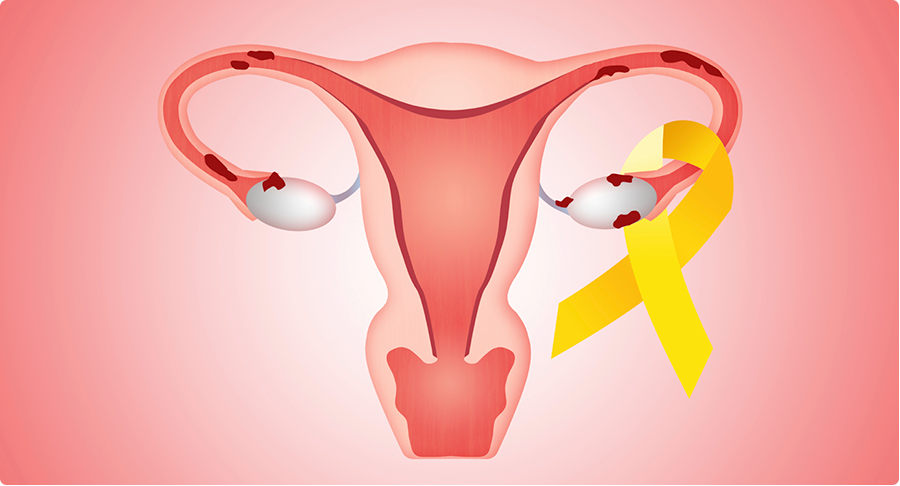
Adhesions are detectable only during laparoscopy.
Adhesions are a major cause of infertility and pain in women but are extremely difficult to detect by conventional imaging methods.
Ultrasound, computerised tomograms, and magnetic resonance imaging (MRI) all give only indirect evidence of the presence of adhesions. Only direct visualisation of adhesions during laparoscopy can confirm the presence and determine the extent of adhesions.
Adhesions are bands of tissue between 2 surfaces inside the body. They are scar tissue formed in the healing process after trauma or damaging events like infection or surgery. Scar tissue on the skin are hard, as in keloids, Adhesions are scar tissues stretched out between surfaces and look like cobwebs.
Most times they are harmless but located in the wrong places can cause twisting of intestines as in intestinal obstruction, closure of tubular structures like the fallopian tube, and cover the ovaries preventing proper release or movement of eggs resulting in infertility.
Surgery to excise the adhesions may "sure" some problems but it is important to note that repeated surgery tends to result in more adhesions. To seek treatment via surgery consult Singapore Gynaecologist, Dr Yap Lip Kee.
The videos below show adhesions in various locations and methods of dealing with them.
After previous surgery the omentum often gets stuck to the abdominal wall making subsequent surgery more difficult. The video shows use of scissors for lysis of adhesions. The omentum is a large fold of peritoneum that hangs down from the stomach and the transverse colon. The fat on the omentum has a protective function and serves to allow smooth movement of bowel over it. When there is an injury as in surgery it may become adherent (stuck) to raw surfaces during the healing process. These can be dense when a large area of healing was involved.
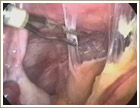

When infections are not treated early enough they can cause widespread damage in the pelvis as in the video where dense adhesions have formed between ovaries and posterior wall of uterus. Both fallopian tubes are also stuck to the uterus

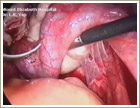
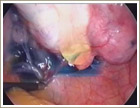
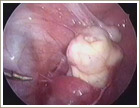
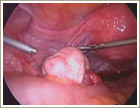
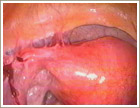
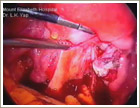
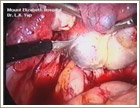
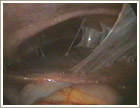
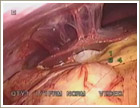
Generally the best eay to prevent adhesion formation during surgery is to handle tissue in a gentle manner. Amongst products used to reduce adhesion formation the best appears to be an adhesion barrier called Interceed. Even this is no guarantee against adhesion formation and reformation. Usage is illustrated in this video.
Selected links which saves you having to go through multiple serches and sieving out unreliable and self promoting sites.
About Adhesions
- https://medlineplus.gov/ency/article/001493.htm
- https://www.emedicinehealth.com/adhesions_general_and_after_surgery/article_em.htm
- http://www.adhesions.org
About Adhesions Barrier
Singapore Directory of Medical Doctors
